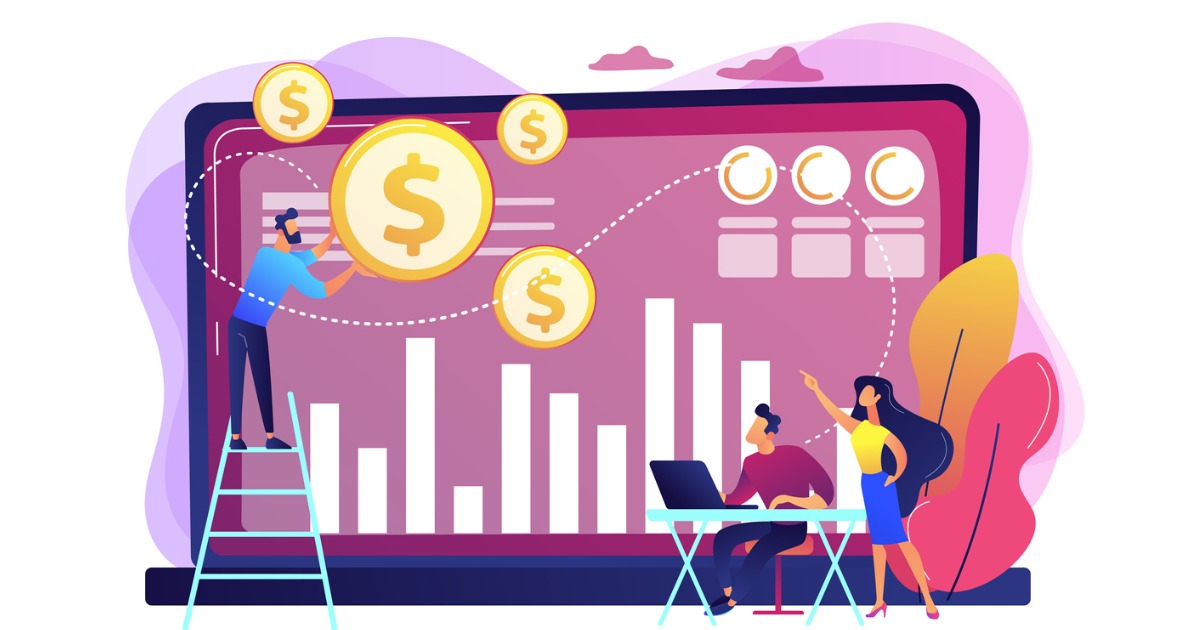
Throughout the COVID-19 pandemic, businesses have shifted their purchasing channels. Virtual sales and online marketplaces currently see significantly higher transaction volumes.
A recent McKinsey study calls out that almost 90% of B2B companies claim that their new go-to-market models will stick. The prediction is not surprising; sales via virtual and self-service channels have a significantly lower cost. On the other hand, the same study states that close to 60% of B2B businesses are willing to spend more than $50K per order – 15% are ready to go beyond $1 million.
Buyer confidence and comfort support the further evolution of online business. Even when traveling resumes, eCommerce has already become the new normal that enterprises will scale up. Acceleration is inevitable.
Nevertheless, some questions remain on how should companies target getting the most out of their webshops? Is it possible to create a similar engagement level as direct channels, while reaping self-service efficiency benefits?
Digital Negotiation Answers the Need
The omnichannel world requires sales to present an aligned approach throughout the entire customer journey when discussing commercial terms. Negotiating typically requires several iterations between sales and customers: back and forth discussions, searching through presented offers, going through deal desk review, and waiting for approvals all lengthen the deal cycle. To mitigate associated risks, companies should look at enabling Digital Negotiation in their self-service channels.
Digital Negotiation provides customers with the option to request a different price or deal terms. Sellers enable a controlled bargaining process online to facilitate the sales conversation. Automation supports repeating requests from buyers, while pre-defined approval levels help to manage the long tail. Digital Negotiation frees up sales rep time to focus on higher value and more complex deals.
Let’s look at an example of how Digital Negotiation works (see illustration). As a buyer, I am purchasing an item from a distributor’s webshop.
My selected product sells for €6.83 for 100 units. The price is individual, already taking into account my relationship with the seller.
However, I am not happy with the price, and I want to pay less. The platform enables me to make an alternative offer. €6.50 seems about right.
Once I enter my proposal, the system informs me that I can buy at that price if I purchase 29 more items. “Increase the quantity, and we can support the price.” I agree and make the deal.
Easy, frictionless, and without the need to involve a sales rep for a trivial tradeoff. What’s important? That the whole negotiation is conducted through a platform, without phone calls or waiting for email responses.

Increasing the Odds of a Transaction
Engagement created by allowing me to make an offer increases the likelihood to transact. On top, the counteroffer raised the overall sales value. Digital Negotiation also allows closing deals faster as they support prompt responses and shorten the sales cycle. Deploying a solution for bargaining and sales conversations within self-service channels will improve deal velocity and support post-pandemic go-to-market strategies.
For more on negotiating within e-commerce, download our eBook: B2B Digital Negotiations, Driving Higher Customer Engagement in E-Commerce Channels.
